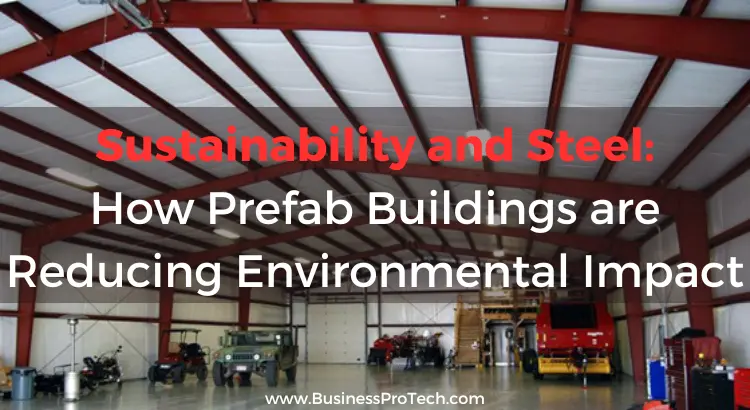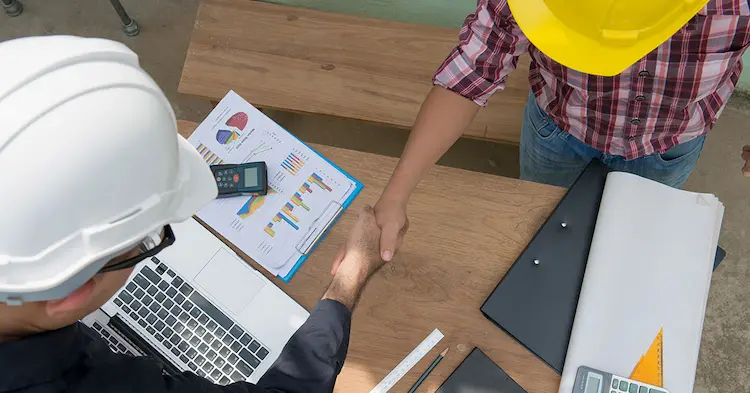The construction industry is responsible for approximately 40% of global energy consumption and produces significant greenhouse gas emissions. As concerns about the environment and the effects of climate change grow, it has become increasingly crucial for the industry to adopt sustainable practices. One area where sustainable practices are gaining traction is using prefabricated or metal commercial buildings.
Prefab buildings offer a range of benefits, including reduced environmental impact, faster construction times, and cost savings. This article will explore how prefab buildings made with steel are contributing to sustainability efforts.

What are Prefab Buildings?
Prefab buildings are partially or fully assembled in a factory or off-site location and then transported to the construction site. Prefab buildings are made in controlled environments, which reduces waste and improves quality control.
The use of prefab buildings has grown in popularity in recent years, particularly for commercial and industrial applications, due to their time and cost savings.
Why is Steel a Sustainable Choice for Prefab Buildings?
Steel is a highly sustainable material for construction and one of the most recycled materials worldwide. Steel is also highly durable, which reduces the need for replacement and waste. Also, steel is lightweight, reducing transportation costs and energy usage during construction.
Another reason steel is a sustainable choice for prefab buildings is that it is highly energy-efficient. Steel has a high thermal mass, so it can store and release heat energy. This property helps to regulate the temperature inside a building. Steel is also highly reflective, reducing the energy required for lighting.
Reducing Environmental Impact with Prefab Buildings Made from Steel
Prefab buildings made from steel offers a range of environmental benefits. One of the other significant advantages of prefab buildings is that they produce less waste than traditional construction methods. Because prefab buildings are assembled in a controlled environment, waste is minimized, and any produced waste can be recycled or reused.

Prefab steel-made buildings also offer faster construction times than traditional construction methods. This means that construction sites are operational for shorter periods, reducing the impact on the surrounding environment. Additionally, because prefab buildings are made in a factory, there is less noise and disturbance to the surrounding area during construction.
Another way prefab buildings made from steel reduce environmental impact is through energy efficiency. As mentioned earlier, steel has a high thermal mass, which reduces the need for heating and cooling.
In addition to being energy-efficient, prefab buildings made from steel can also be designed to incorporate renewable energy sources. This further reduces the environmental impact of the building and can help to offset energy usage.
Final Thoughts
As environmental and climate change concerns grow, the construction industry must adopt sustainable practices. A metal commercial building made from steel offers various benefits for sustainability efforts, including reduced waste, faster construction times, energy efficiency, and cost savings.
Using steel as a building material is highly sustainable, with a high recycling rate and long lifespan. Steel’s thermal mass and reflective properties also make it an energy-efficient choice for buildings. The design of prefab buildings made from steel can also incorporate renewable energy sources, reducing the building’s environmental impact.
Overall, using prefab buildings made from steel is a sustainable choice for construction and offers numerous benefits for the environment, and the construction industry as a whole.